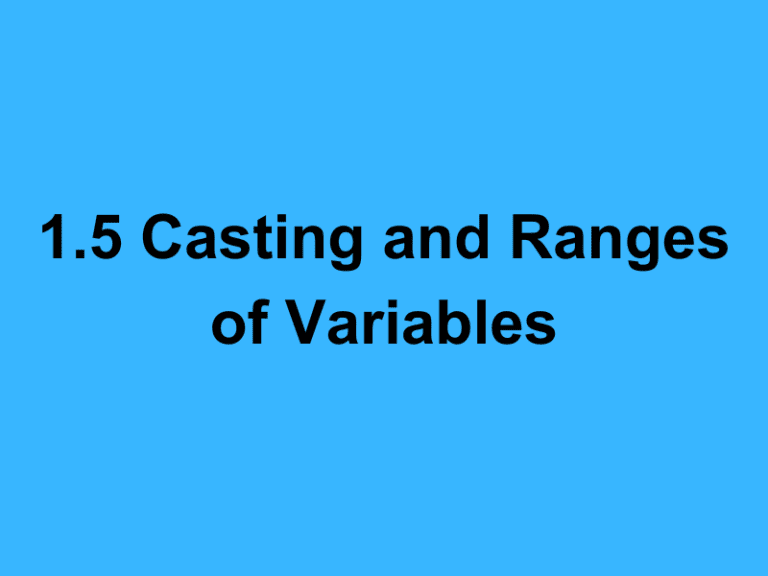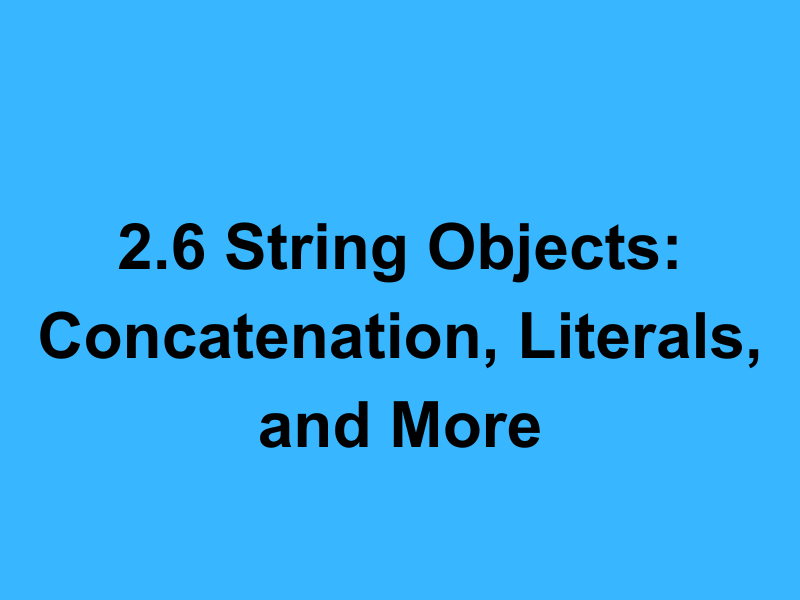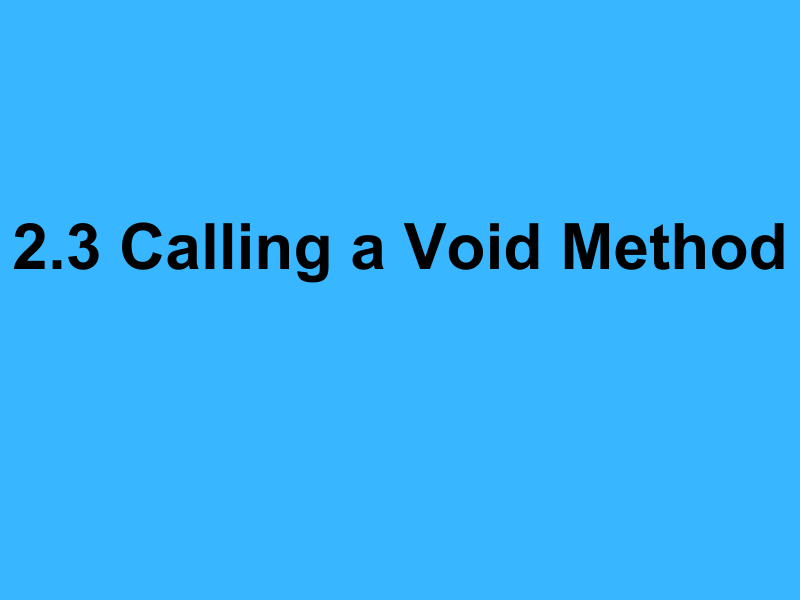Casting and the ranges of variables are crucial concepts in Java programming, especially when dealing with operations that mix different types of numeric data or when trying to optimize memory usage by choosing the appropriate data type.
Casting
Casting in Java is the process of converting a value from one data type to another. There are two types of casting: implicit (automatic) casting and explicit (manual) casting.
Implicit Casting (Widening Conversion): Automatically done by Java when you assign a value of a smaller data type to a larger data type. For example, assigning an
intto along, or afloatto adouble.javaint myInt = 9;double myDouble = myInt; // Automatic casting: int to doubleExplicit Casting (Narrowing Conversion): Requires specifying the target type in parentheses. This is necessary when you are going from a larger data type to a smaller one, or from floating-point to integer, as it may lead to loss of precision or overflow.
javadouble myDouble = 9.78;int myInt = (int) myDouble; // Explicit casting: double to int
Ranges of Variables (Primitive Data Types)
Understanding the range of each primitive data type is essential to avoid overflow or underflow errors and to use resources efficiently.
byte: 8-bit signed integer.
- Range: -128 to 127
short: 16-bit signed integer.
- Range: -32,768 to 32,767
int: 32-bit signed integer.
- Range: -2^31 to 2^31-1
long: 64-bit signed integer.
- Range: -2^63 to 2^63-1
float: 32-bit IEEE 754 floating-point.
- Precision: up to 7 decimal digits
double: 64-bit IEEE 754 floating-point.
- Precision: up to 15 decimal digits
char: 16-bit Unicode character.
- Range: 0 to 65,535 (‘\u0000’ to ‘\uffff’)
boolean: Not precisely sized, but represents true or false values.
Considerations for Casting and Variable Ranges
- When casting, be mindful of the data type’s range to avoid unexpected behavior or data loss. For example, casting a large
floatvalue to anintcould result in overflow. - The choice between
floatanddoublefor floating-point operations should consider the required precision and the platform’s performance characteristics. - Use
charfor storing single characters or small integers (due to its 16-bit size), but remember it’s unsigned. - For boolean operations, there’s no need to cast, but logical operations should not be confused with bitwise operations that apply to integer types.
In summary, effective use of casting and a good understanding of variable ranges allow for more robust and error-free Java programs. These concepts are especially important when performing operations involving mixed data types or when precise control over data representation and memory usage is required.






